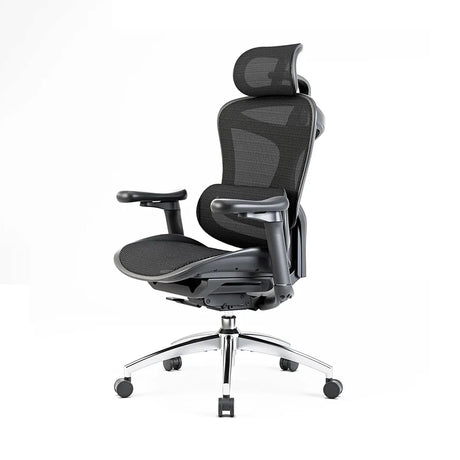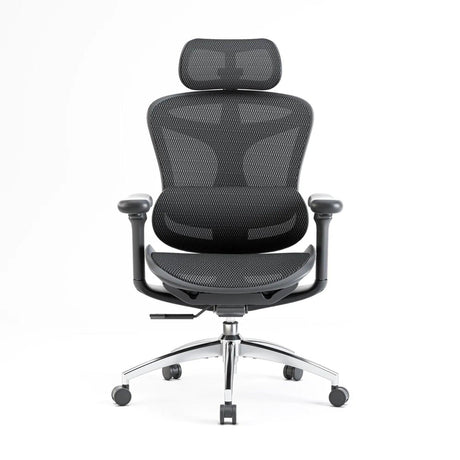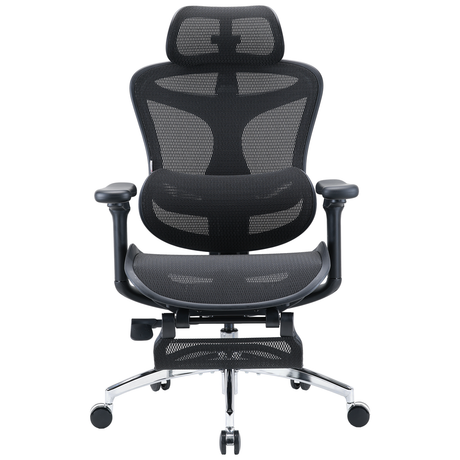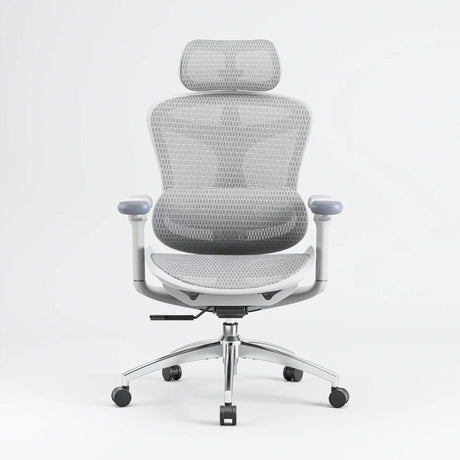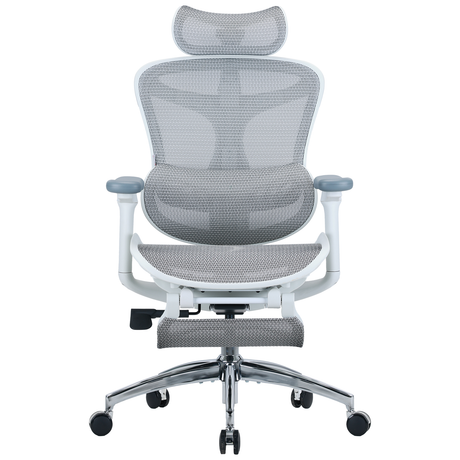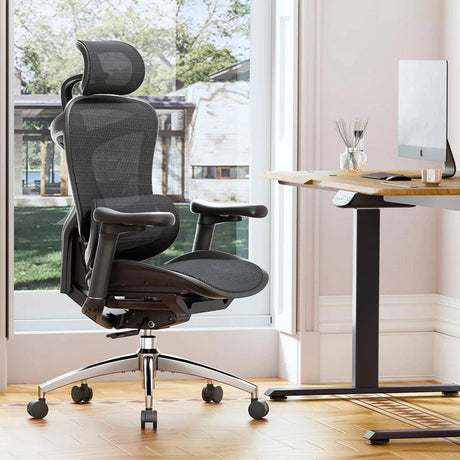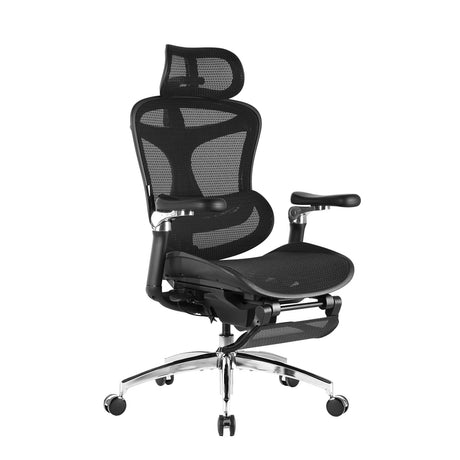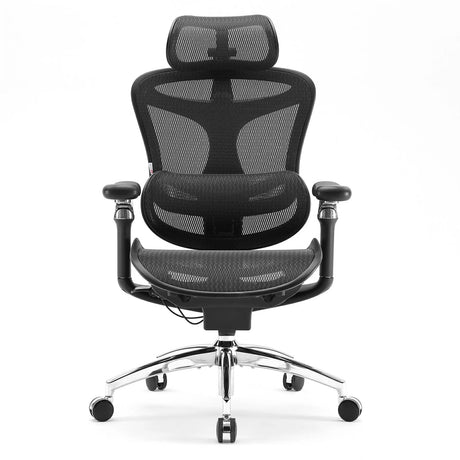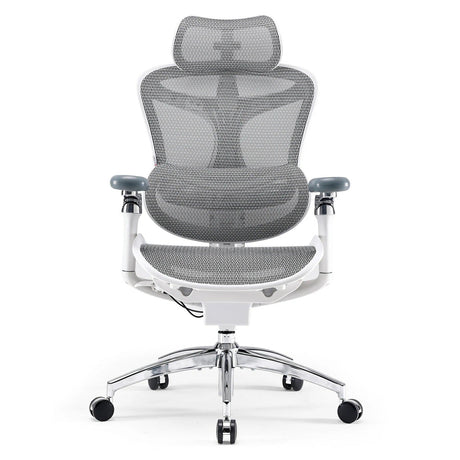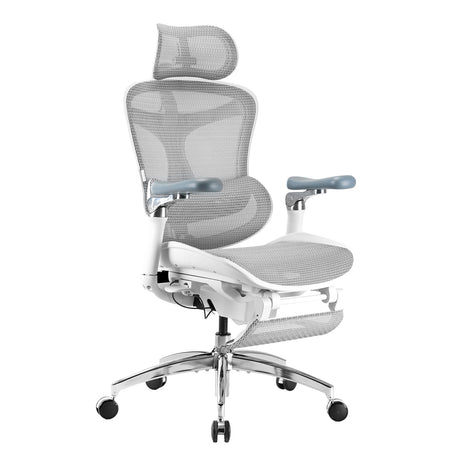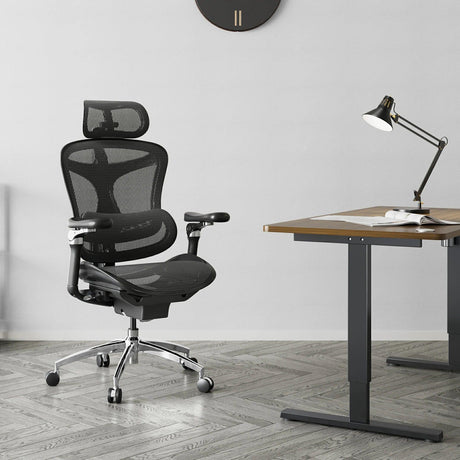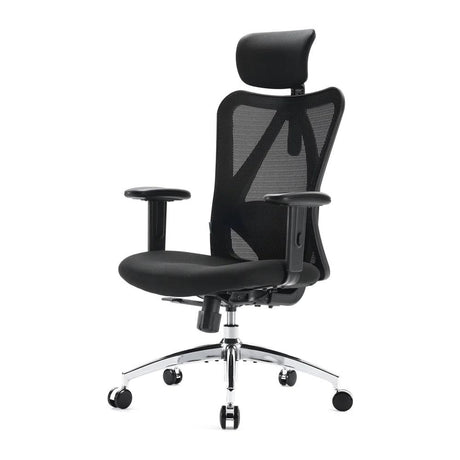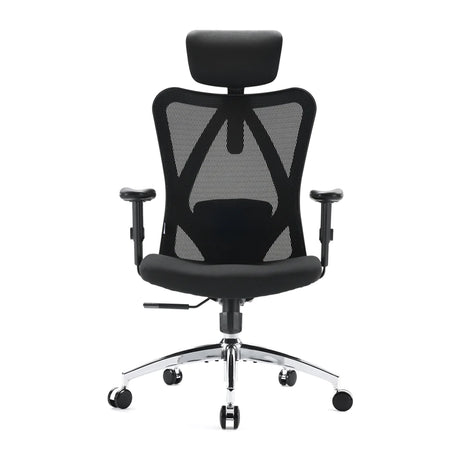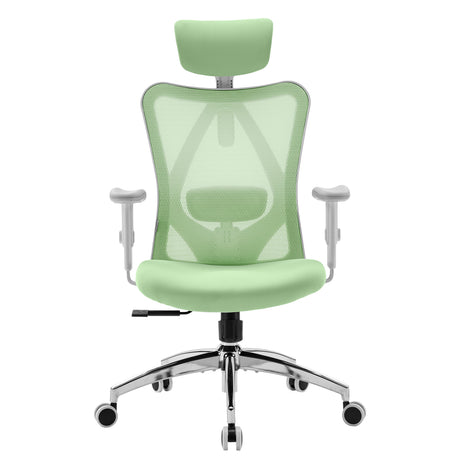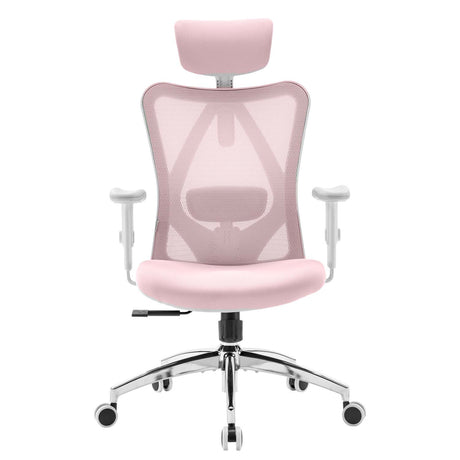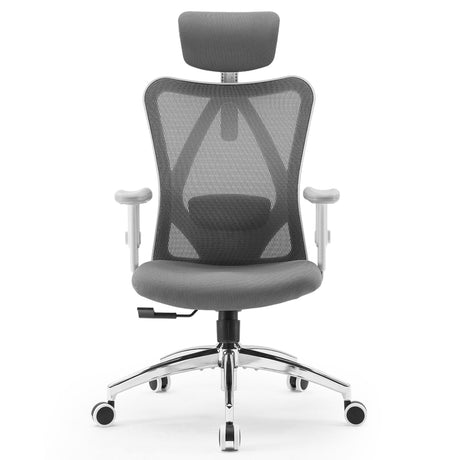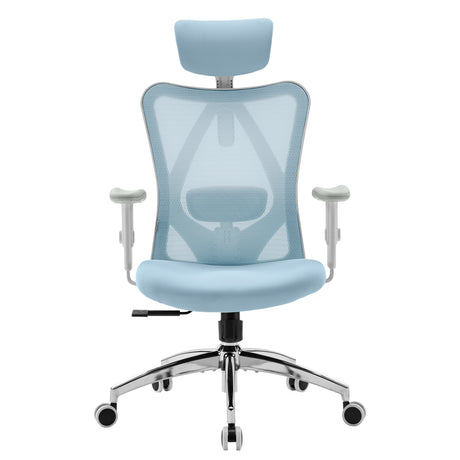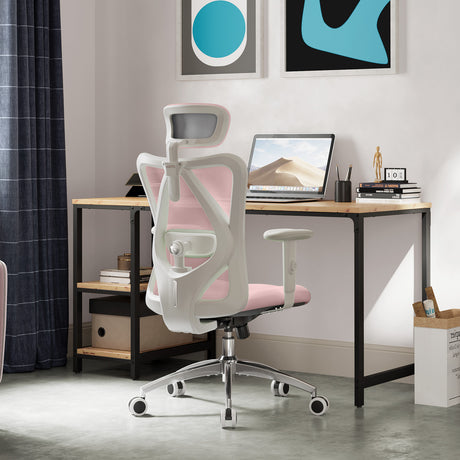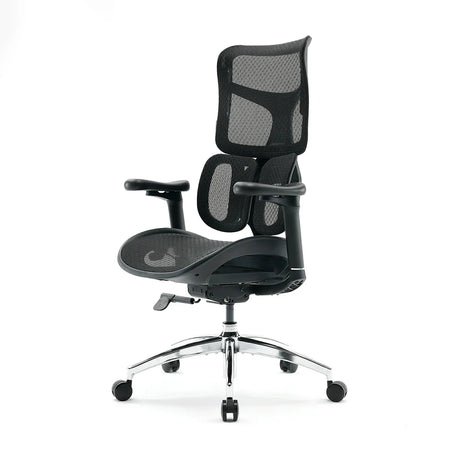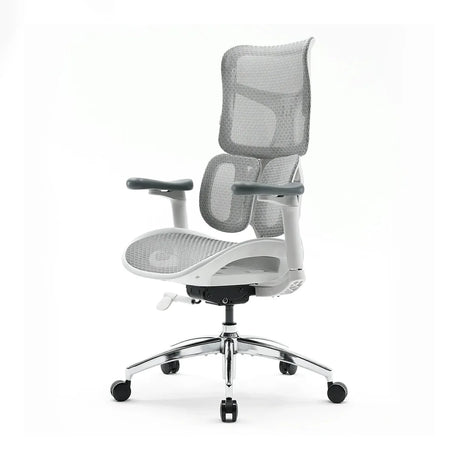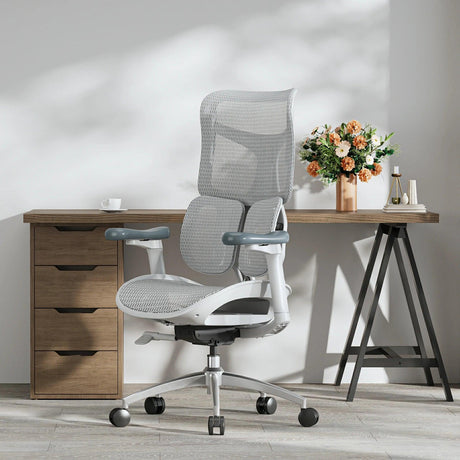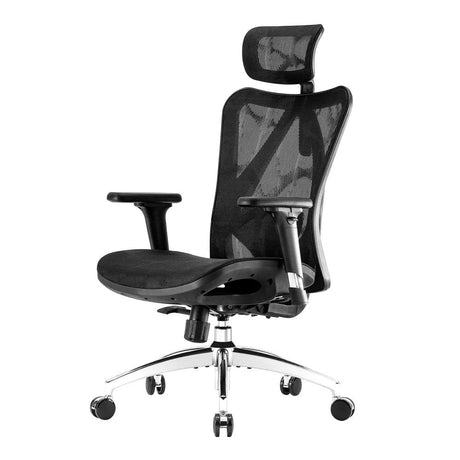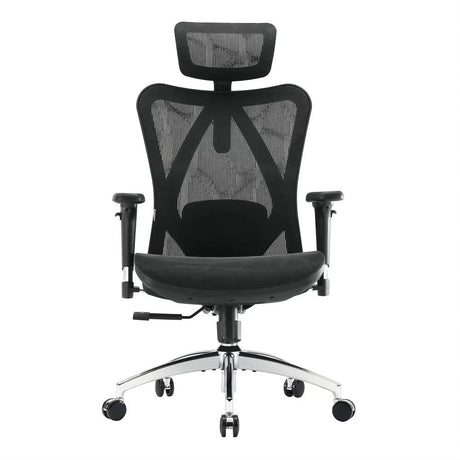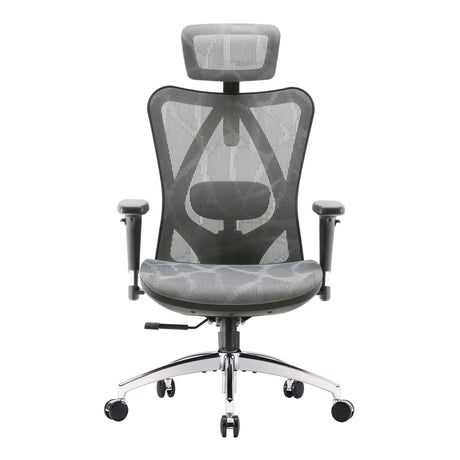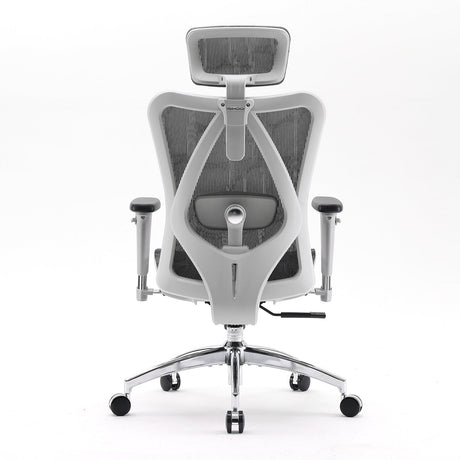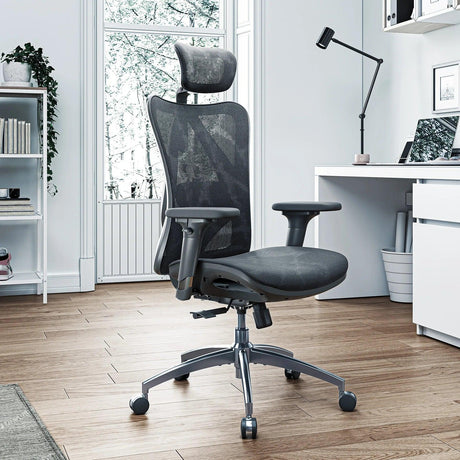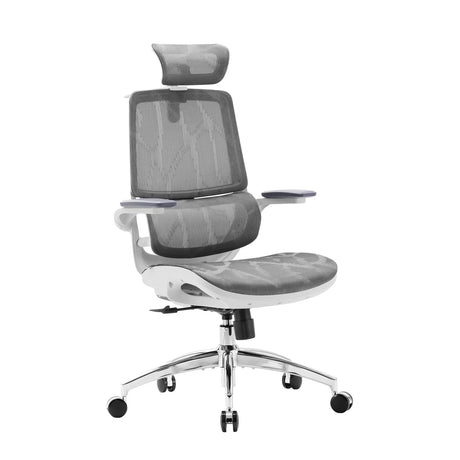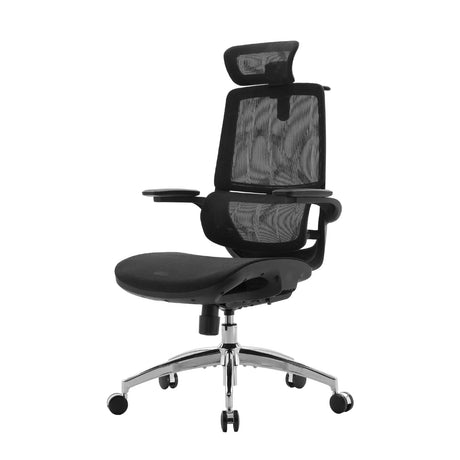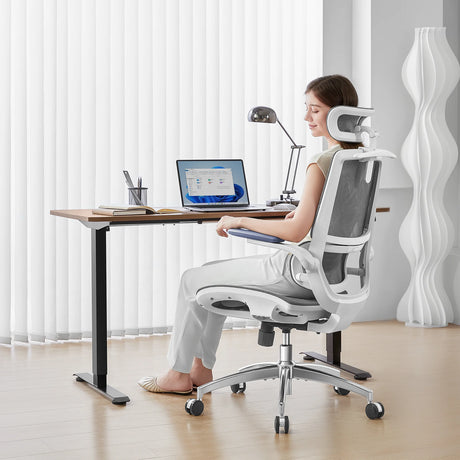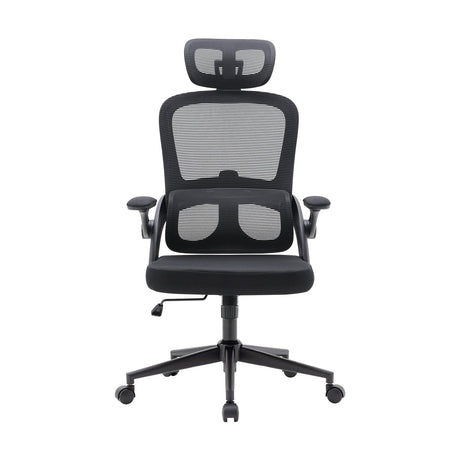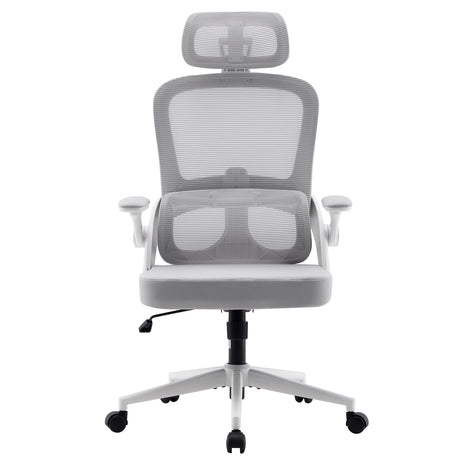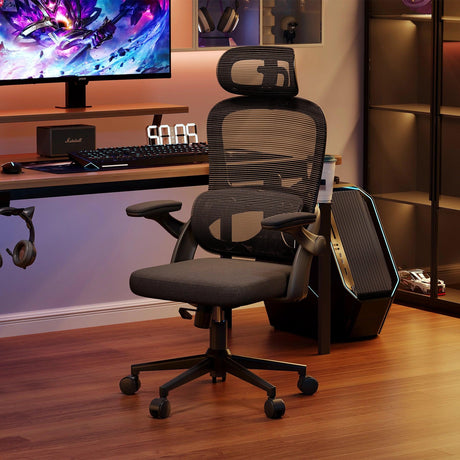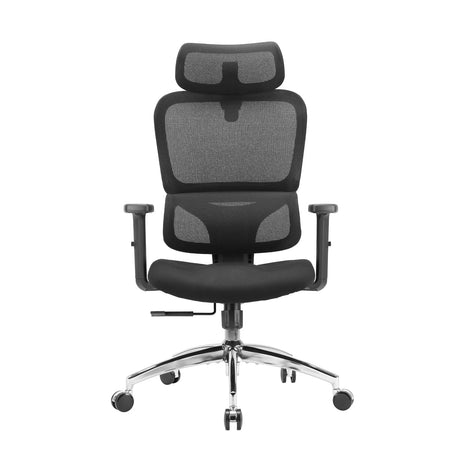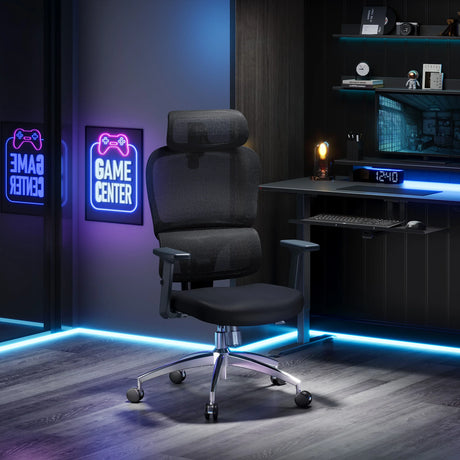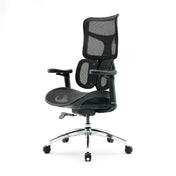Hemorrhoids, or piles, are a common condition that affects millions of people worldwide. They occur when the veins in the lower part of your rectum or anus become swollen and inflamed. Sitting for prolonged periods, especially on hard or uncomfortable surfaces, can contribute to the development or exacerbation of hemorrhoids. This brings us to a popular ergonomic solution: standing desks. But can they really help alleviate the discomfort caused by hemorrhoids? Let’s take a closer look.
What Are Hemorrhoids and How Do They Develop?
Before we explore how standing desks might help, it’s important to understand what hemorrhoids are and what causes them. Hemorrhoids develop when the veins in the rectal area become swollen, often due to pressure. This pressure can come from various factors, including:
- Prolonged sitting: Sitting for long periods, particularly on hard surfaces, can increase pressure in the anal veins, leading to hemorrhoids.
- Straining during bowel movements: Excessive straining can put pressure on the veins, causing them to bulge.
- Pregnancy: The added weight and hormonal changes during pregnancy can contribute to hemorrhoid formation.
- Obesity: Extra weight can add pressure to the pelvic area and lead to hemorrhoids.
- Constipation: Chronic constipation and the effort to pass stool can exacerbate hemorrhoid symptoms.
If you’re someone who spends hours at a desk each day, your sitting posture and the pressure on your lower body can potentially contribute to the development of hemorrhoids or worsen existing ones.
How Can Standing Desks Help?
Standing desks have been lauded for their ability to improve posture, reduce the risks of sitting diseases, and increase overall comfort during long working hours. But can they help with hemorrhoids specifically?
-
Reduced Pressure on the Rectal Area One of the primary benefits of standing desks is that they eliminate the pressure that sitting places on the rectal and anal area. When you sit for extended periods, the weight of your body is focused on your lower back and buttocks, which can aggravate hemorrhoid symptoms or contribute to their development. By standing, you redistribute your body’s weight more evenly, which can relieve some of the pressure that sitting for hours may cause.
-
Improved Circulation Prolonged sitting can impede circulation, particularly in the lower half of the body. Poor circulation can contribute to the swelling of hemorrhoidal veins. Standing helps to improve blood flow, reducing the stagnation that sitting causes. It’s similar to how standing or walking for short periods throughout the day can help alleviate feelings of heaviness or discomfort in the legs.
-
Encourages Movement Standing desks encourage people to move more. When you’re standing, it’s easier to shift your weight, stretch, or walk around, which can improve circulation in your lower body. Movement is key when managing hemorrhoids because it prevents the buildup of pressure in your lower half, which can help prevent both the formation of hemorrhoids and the worsening of existing ones.
-
Supports Better Posture Standing encourages better posture than sitting. Sitting with poor posture—slouching or leaning forward—can exacerbate pressure on the pelvic and anal regions. When standing, if done correctly, you’re more likely to engage your core and maintain a neutral spine, which can help prevent the strain on your lower body.
Things to Keep in Mind
While standing desks may offer some relief from hemorrhoid discomfort, they are not a cure-all. Standing for too long can actually cause other issues, such as leg and back pain, which might lead you to fall into bad posture or overcompensate in ways that could make things worse. It’s essential to maintain a balanced approach to sitting, standing, and moving.
Tips for Optimal Use:
- Alternate between sitting and standing: Aim to change positions regularly throughout the day. Experts suggest standing for about 15-30 minutes every hour. Use a sit-stand desk to alternate between sitting and standing without straining yourself.
- Adjust your desk properly: Make sure your standing desk is at the correct height to promote good posture. Your arms should be at a 90-degree angle, and your screen should be at eye level to prevent strain on your neck and back.
- Use an anti-fatigue mat: Standing for long periods can put strain on your feet, legs, and lower back. Consider using an anti-fatigue mat to cushion your feet and reduce discomfort.
- Take breaks to walk around: Prolonged standing can be just as detrimental as sitting. Walking around for a few minutes every hour can help keep circulation flowing and prevent stiffness.
Conclusion: Can Standing Desks Help with Hemorrhoids?
Standing desks can potentially provide some relief for individuals suffering from hemorrhoids by reducing the pressure on the lower body, promoting better circulation, and encouraging movement. However, they are not a magical solution. If you suffer from hemorrhoids, a holistic approach that includes proper posture, balanced sitting and standing, regular movement, and good bathroom habits is key. Standing desks are a great tool when used correctly, but remember that the key to long-term relief from hemorrhoid discomfort lies in a balanced lifestyle.
If you’re considering switching to a standing desk, it’s always a good idea to consult with your healthcare provider, especially if you already have hemorrhoids or other medical conditions. They can help you determine the best approach to improve your comfort and well-being.
By making these changes and using a standing desk strategically, you may experience fewer symptoms and more overall comfort during your workday.

